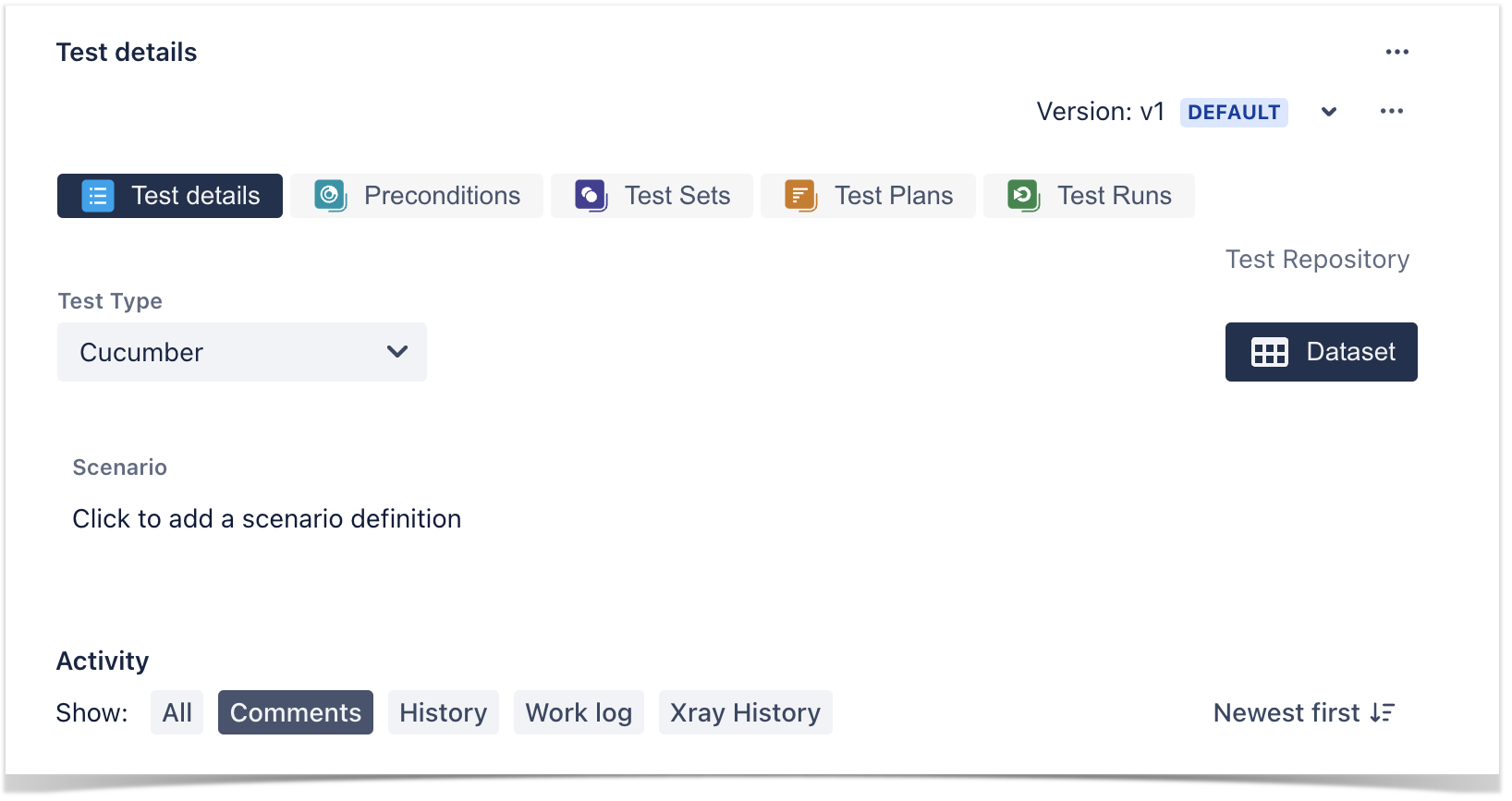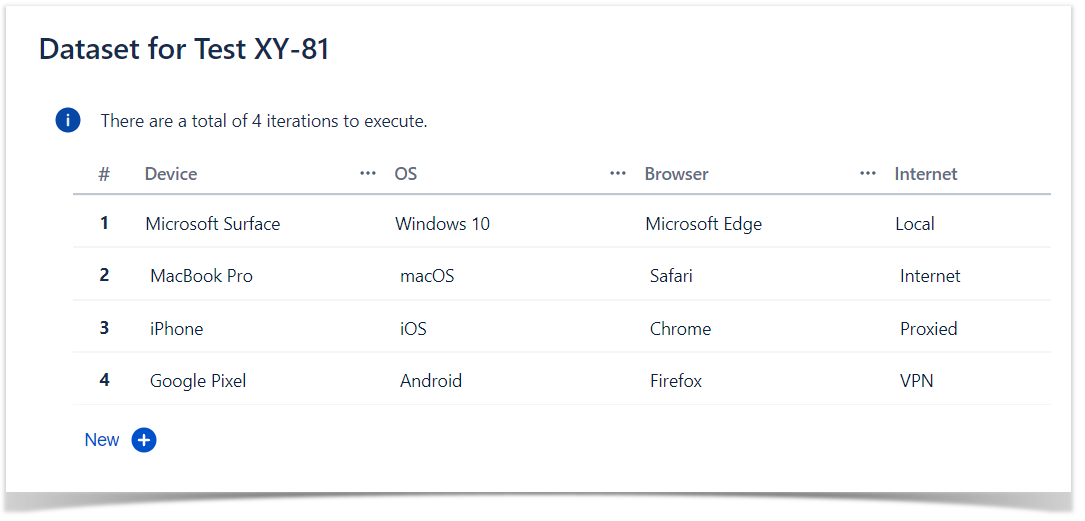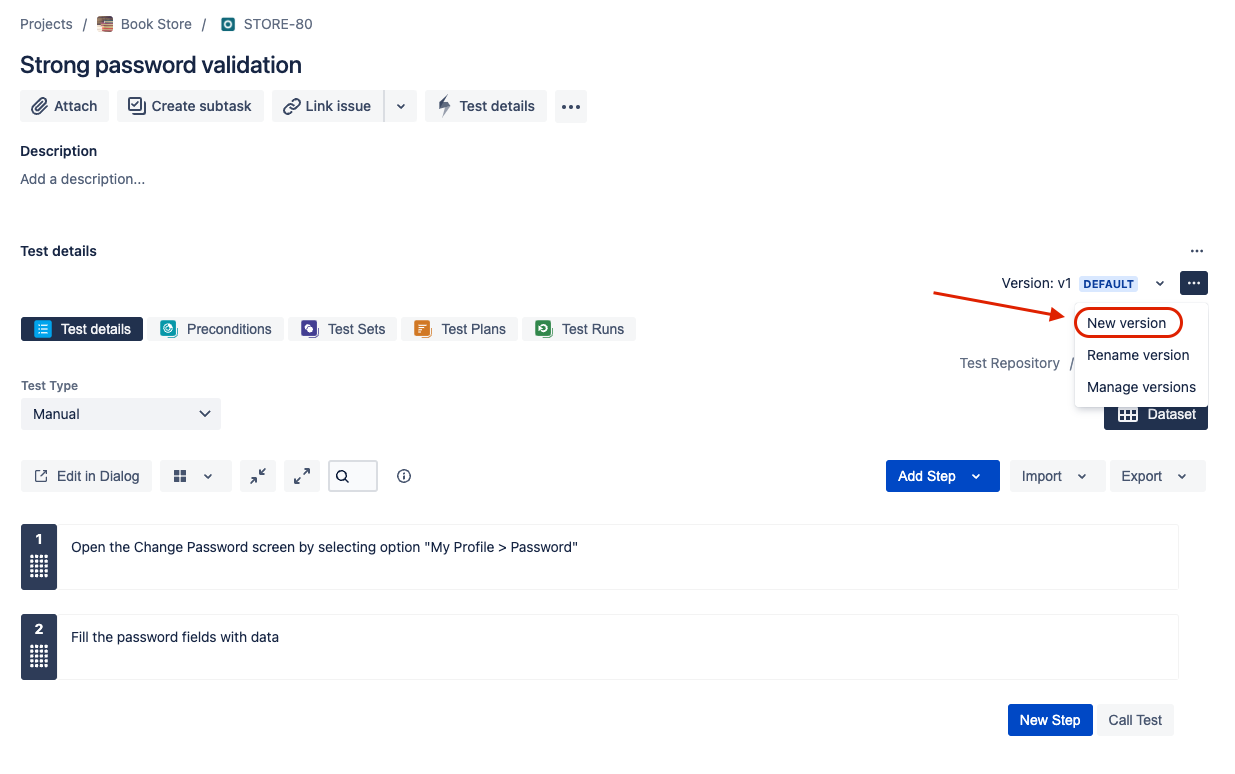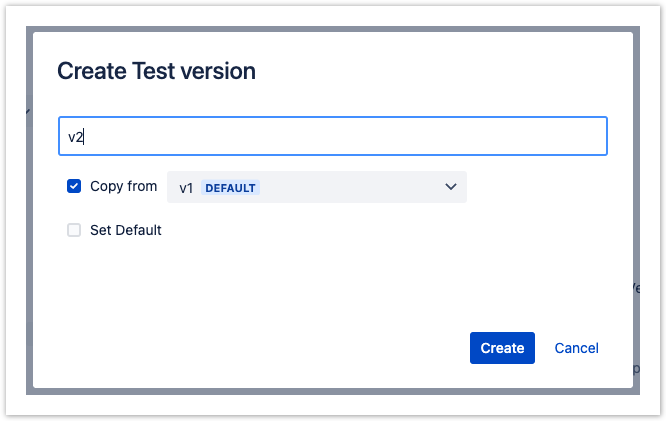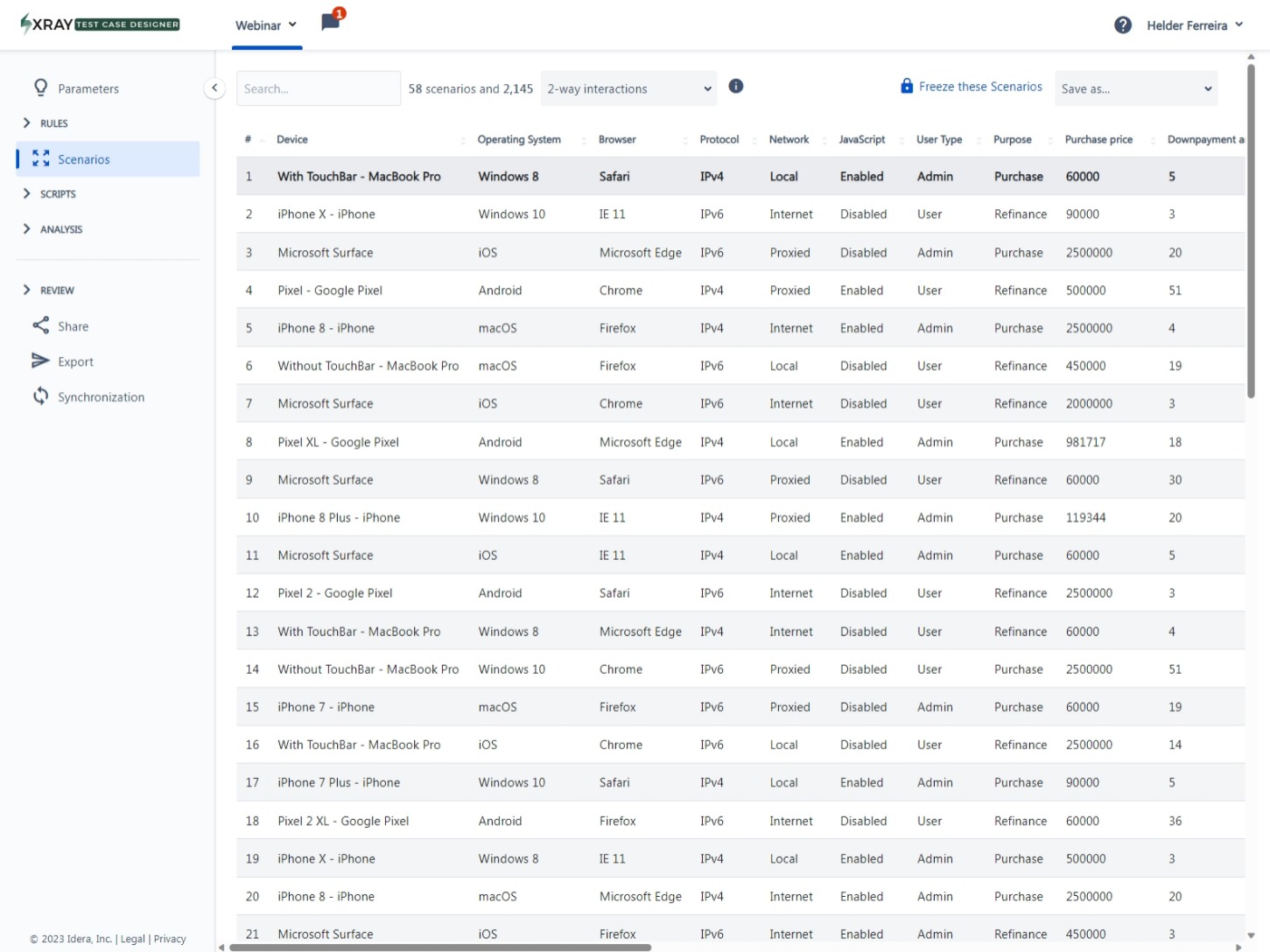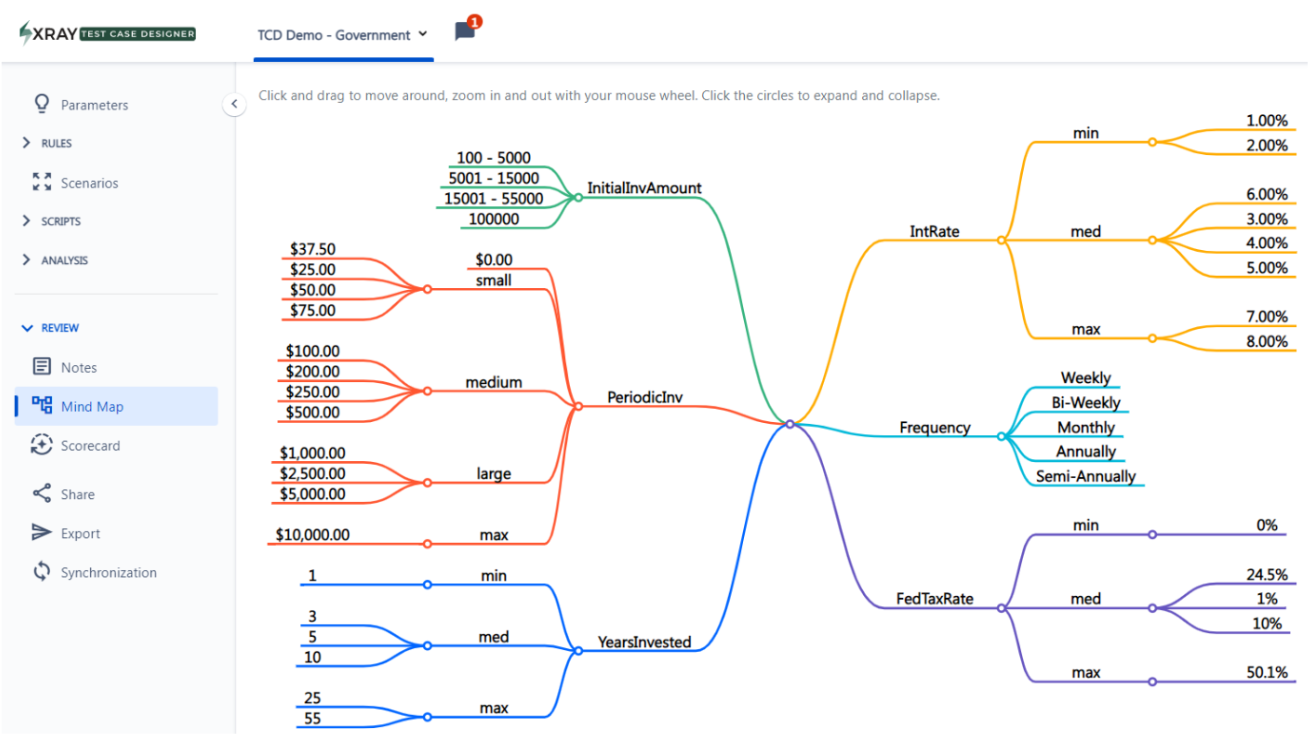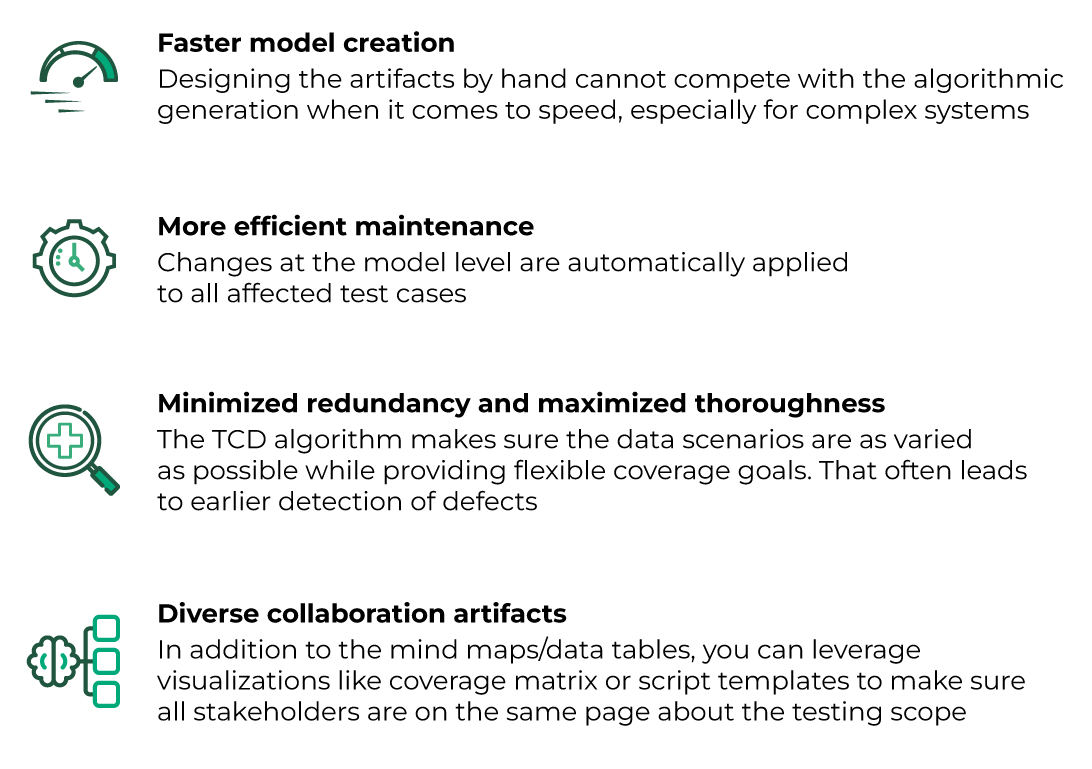July 12th, 2023
We are excited to announce that this release Xray Cloud 1.1.83-4.000.000 includes Test Parameterization for automated tests, a feature that allows you to create automated tests with dynamic data.
This means you can run the same test with different inputs and outputs, without having to write multiple test cases. Test Parameterization can help you save time, reduce errors, and increase test coverage.
This release also makes available Xray Enterprise new product offer, this brings the enterprise features available to our Cloud customers, namely:
- Test Case Versioning;
- Test Case Designer;
- Increased API rate limit (200 calls per minute);
- Increased storage capacity for attachments.
Unlock quality at scale – test less, cover more, release faster – all while delivering the highest quality software.
Release highlights
Test Parameterization for automated tests
Testers frequently have multiple data sets for 1 test but creating individual tests for each data set takes time and effort. With data-driven testing, you can keep data separate from tests and execute different combinations of test data to generate results efficiently.
You can quickly define a large number of tests with different output values and reuse your data sets. Data-driven testing increases your coverage, eliminates repetitive tests, and most importantly saves significant time on test execution.
Benefits of data-driven testing and test parameterization
- Tests are easier to understand, maintain and manage.
- Execute the same test several times with different inputs which reduces test cases you have to create.
- Reduces manual effort on execution.
- Time efficient, saving time on creating repetitive test cases.
- Better organization of tests and results.
- Reduces duplicate and redundant testing.
Xray Cloud now added parameterized tests feature to the automated tests, that executes the same test with different input values, multiple times, without ever having to clone or replicate it.
With this feature, you can minimise repetitive test cases, save time on execution and increase your test coverage.
Learn more here.
Test Case Versioning
This highly requested Xray Enterprise feature allows users to create and manage multiple versions of the same test case, to easily track and revert changes in your test specification.
Why Test case versioning?
Test cases are not static. They evolve when requirements change, or improvements are made to the application under test. Although Xray logs test specification changes in the Jira history, it is not easy to revert to a specific test case version. With Test case versioning, you can now:
- Create a new version of a test case with a single click
- Track changes on versions of a test case
- Restore a previous version of a test case if needed
- Assign a test case version to a test execution or a test plan
- Track the test execution results for each test case version
- Mark specific milestones of the Test with versions
- Have multiple active versions simultaneously, even of different Test Types, as you can execute them all independently.
How does Test case versioning work?
Test case versioning works in the same way as versioning of other issue types in Jira. Since Xray's Tests are Jira issues, we follow the same approach so your users work in the same manner they already do.
To create a new version of a test case, you just need to click on the "Create new version" button on the test issue screen.
Test case versioning is a powerful feature that can help you manage your test specification more efficiently and effectively. It is available for Xray Enterprise customers only.
If you want to learn more about Test case versioning, please visit our documentation page here.
Test Case Designer
Xray Test Case Designer is a revolutionary test design optimisation tool that will increase the effectiveness of your testing
It is used by teams in the early stages of the testing processes (and by teams when they’re creating scenario-based requirements). Benefiting from Intelligent Augmentation algorithms, Xray Test Case Designer test sets have been repeatedly proven to find more defects (and find them more efficiently) than hand-selected test sets.
To do so, it carefully constructs combinations of test conditions to achieve as much coverage as possible in as few tests as possible using applied statistics-based optimisation methods that have been refined over more than 40 years.
Why Test Case Designer?
Model-based test design is a technique where, instead of writing test cases for each acceptance criteria in isolation, we first create an artifact that holistically represents the behaviour of the system-under-test (or its part relevant to the current project). Then, we derive a more comprehensive test suite from that artifact.
Test Case Designer helps in:
- Create optimised tests, varied to ensure up to 100% requirements coverage. Eliminate gaps in coverage and turn test scenarios into automated test scripts.
- Enables optimised in-sprint automation. Rapidly create clear and consistent steps that leverage Behaviour Driven Development.
- Intelligent Augmentation algorithms help you find defects 2x faster than hand-selected test sets. Systematically cover 100% of all of the application’s critical interactions.
If you want to learn more about Test Case Designer, please visit our documentation page here.
Just one last, yet important, thing...
Documentation is always very helpful and sometimes you might miss new articles.
We've added these tutorials to our extensive wiki, feel free to take a look at them:
- Tutorials, Tips, and Tricks

